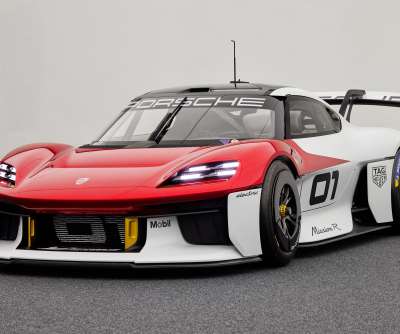Porsche presents Mission R concept electric competition car
Green Car Congress
SEPTEMBER 7, 2021
Top speed is more than 300 km/h (186 mph). While in conventional electrical machines the cooling fluid flows through a jacket outside the stator, in the case of direct cooling, the oil flows directly along the copper windings. Porsche engineers and designers have named the newly developed carbon roof structure the “exoskeleton”.











Let's personalize your content